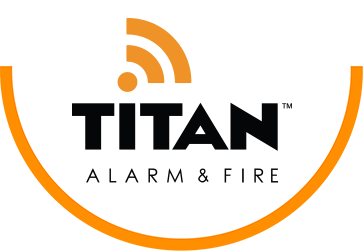Are you in the process of choosing a security system to protect you and your family against, fire, burglary and home invasions? Are you having trouble deciding which features to include with your new system? With so many options on the market these days, selecting the right system can be a daunting challenge. However, every system should include a few basic features to meet the security needs of the 21st-century homeowner.
What Are the Best Features for a Home Security System?
The best security system features include:
- Reliable alarms – High-quality burglar, fire, smoke and carbon monoxide alarms are essential for providing the early detection and warning that can mean the difference between life and death. They can also deliver timely alerts to first responders.
- Video surveillance – Strategically placed security cameras enable you to monitor what’s happening inside and outside your home on a 24/7 basis. Cameras with recording capabilities allow you to explore footage, so you can review property activity at any time. Cameras placed in visible locations can also deter burglars, vandals and home intruders.
- Motion sensors – Motions sensors can detect movement in vulnerable areas on your property. They can trigger your alarms and cameras to deliver a more robust security solution. Sensors can also activate security lighting, which usually causes intruders to flee.
- Home automation/smart technology – The availability of today’s “smart” technology can give you greater control over your home security system’s features. You’ll be able to use your smartphone, tablet or laptop to perform functions such as viewing camera feeds, locking and unlocking doors and even operating your heating/cooling system and appliances, no matter where you are.
- Professional monitoring – Even the best security system features may not fully protect your home without proper monitoring. You should choose a system that comes with around-the clock observation conducted at a central monitoring station. Trained professionals will keep a close watch on camera feeds, alarms and other system notifications and immediately dispatch first responders if necessary.
- Built-in flexibility – Home security technology continues to evolve. Your home security solution should give you the flexibility to make fast, easy upgrades so that you will continue to have access to the best security system features on the market — without having to bear the hassle and expense of installing a brand-new system.
The Importance of Choosing the Right Security System Provider
Your selection of home security company is just as important as the system you choose. A competent provider will help you explore your options and ensure your system includes the right features for you and your family. It will also perform a proper installation and be there to provide timely maintenance and repair service when needed.
If you live in the Phoenix, AZ area, Titan Alarm, Inc. has the expertise to assess your property and design and install a system that meets your unique home security requirements. Contact us for more information and to schedule a free in-home security consultation today.
Learn More About Home Security
Updated by Titan Alarm on November 5, 2018.



